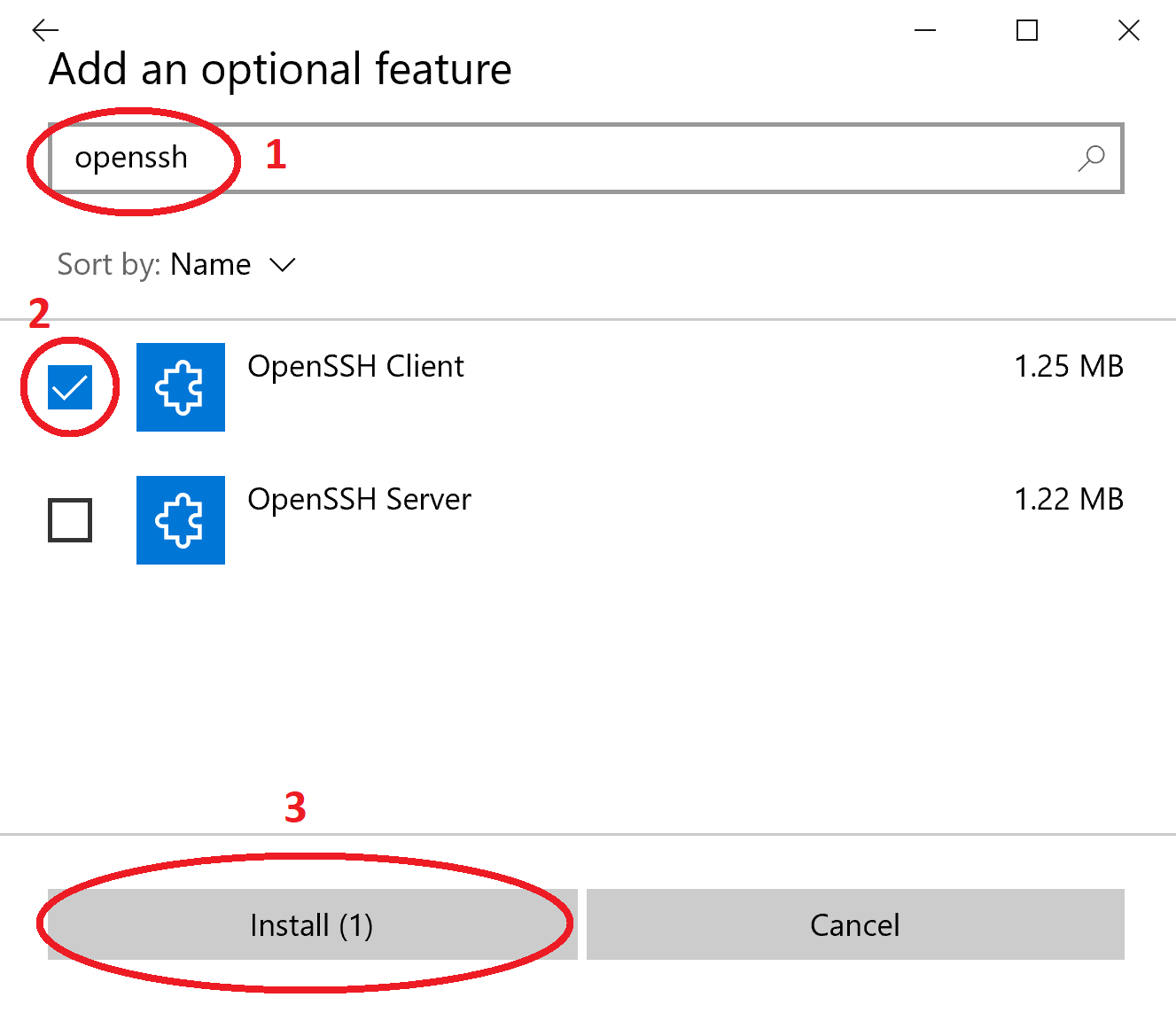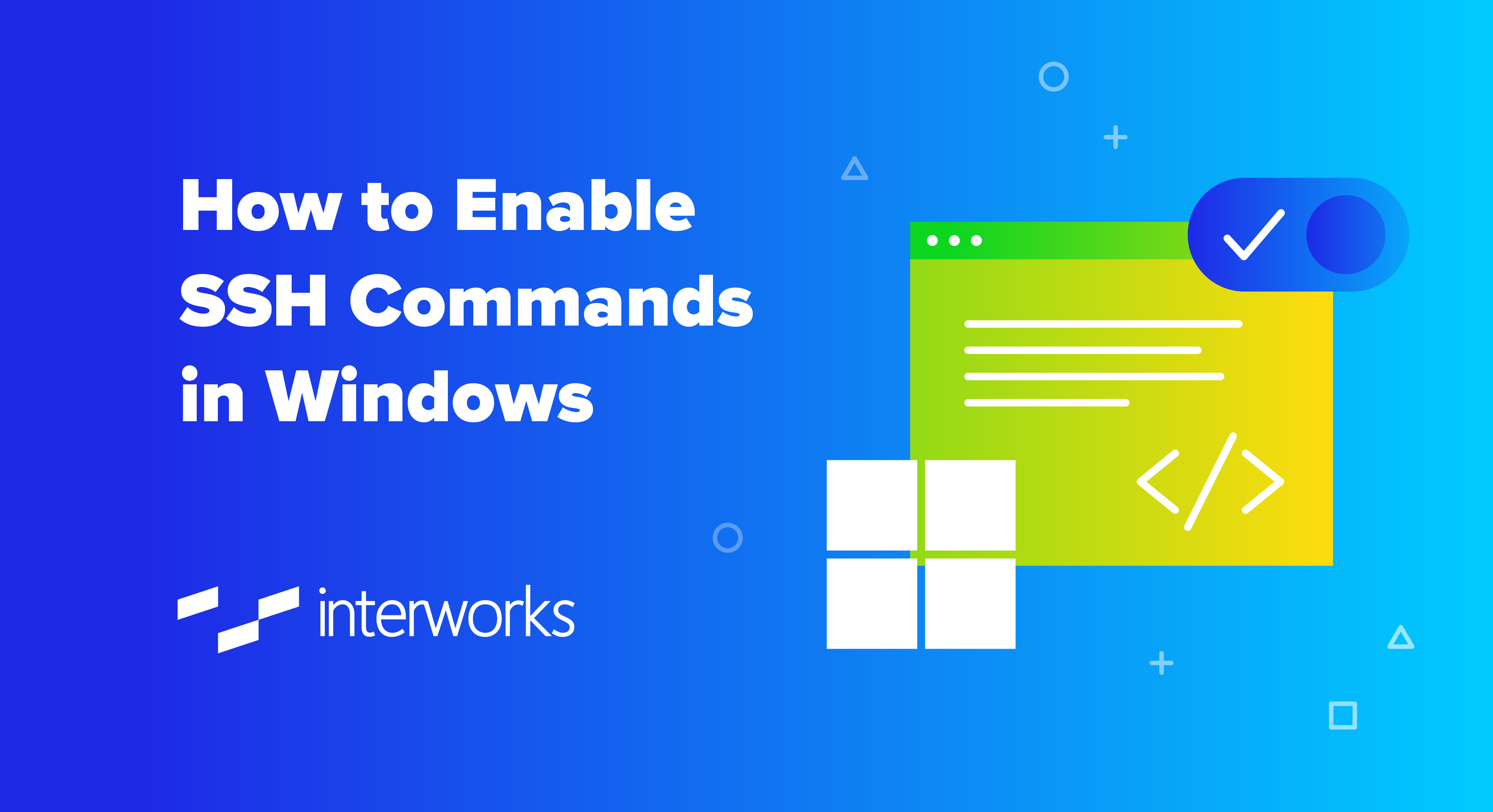Unlock RemoteIoT VPC SSH On Windows 10 Like A Pro! [Guide]
Struggling to bridge the gap between your Windows 10 machine and your remote IoT devices? You're not alone. Gaining secure access to your Virtual Private Cloud (VPC) without resorting to clunky third-party tools is not just possible; it's a game-changer for efficient IoT management. This article unravels the complexities, offering a streamlined, native approach to RemoteIoT VPC SSH. Whether you're a seasoned tech professional or an enthusiastic hobbyist, consider this your comprehensive guide to conquering remote IoT configurations.
Let's be honest, the prospect of configuring a secure SSH connection often feels akin to navigating a labyrinthine maze blindfolded. However, with the right guidance and a dash of perseverance, you'll find yourself effortlessly scaling these networking heights. In the following sections, we'll dissect the process into manageable, step-by-step instructions, leveraging the inherent capabilities of Windows 10. Forget about cumbersome downloads and convoluted installations we're focusing on harnessing the inherent power within your operating system.
| Attribute | Description |
|---|---|
| Definition | RemoteIoT VPC SSH refers to the secure connection established between a Windows 10 system and a virtual private cloud environment hosting IoT devices. |
| Key Benefit | Enhanced security for IoT devices by adding an extra layer of protection against cyberattacks. |
| Windows 10 Advantage | Utilizes built-in tools such as Windows Subsystem for Linux (WSL) and PowerShell, eliminating the need for third-party software. |
| Essential Security Measure | Proper configuration of security groups to permit SSH connections (port 22) while restricting unauthorized access. |
| PowerShell Command Example | ssh username@your-vpc-ip-address (Replace with actual username and VPC IP address). |
| WSL Benefit | Provides a Linux environment directly on Windows, offering the flexibility of Linux commands within Windows 10. |
| Security Best Practice | Enabling Two-Factor Authentication (2FA) to add an additional layer of security. |
| Troubleshooting Tip | For "Connection Refused" errors, ensure the VPCs security group allows SSH connections on port 22. |
| Automation Tip | Automate SSH connections using scripts to avoid repetitive typing of commands. |
| Configuration File Advantage | SSH config files allow storing connection details, simplifying connection commands (e.g., ssh myvpc). |
| Real-World Application | Managing smart home devices remotely and securely. |
| Further Reading | Microsoft OpenSSH Documentation |
Before we delve into the practical aspects, let's establish the context. The landscape of IoT and cloud computing is proliferating at an astounding pace. As this expansion accelerates, the necessity for secure and dependable connections becomes paramount. This is precisely where RemoteIoT VPC SSH assumes a critical role. It transcends the mere linking of devices; it's about forging an unbreachable, secure pathway that empowers you to govern your IoT infrastructure from any corner of the globe. Sounds compelling, doesn't it?
- Ultimate Guide Is Hdhub4u Com South Safe Legal In 2024
- Who Is Joshua Selmans Daughter All You Need To Know
To begin, let's demystify the core concept. RemoteIoT VPC SSH is essentially the mechanism for creating a fortified connection between your Windows 10 system and a virtual private cloud environment where your Internet of Things apparatus resides. Envision it as a clandestine conduit that grants you access to and control over your IoT configuration from anywhere, without exposing your network to potential digital trespassers.
Why undertake this process, you might ask? Primarily, for security reasons. IoT devices are notoriously susceptible to cyber intrusions. By deploying SSH, you're layering an additional shield of protection around your environment. Furthermore, it offers unparalleled convenience. Picture yourself adjusting your smart home settings while basking in the sun on a beach in Bali. Quite appealing, wouldn't you agree?
Windows 10 has evolved significantly in its provision of native tools for networking and remote access. The era of relying on bulky third-party software to SSH into a server is now firmly in the past. Thanks to functionalities like the Windows Subsystem for Linux (WSL) and PowerShell, you have all the requisite instruments readily available.
- Untold Story Kira Lord Sith Dathomirian And More
- Exploring The Laughter Of The Surviving Princess Manga A Deep Dive
Here's a succinct enumeration of the reasons why Windows 10 is the preferred platform for this configuration:
- Built-in SSH Client: Windows 10 comes equipped with a robust SSH client pre-installed, thereby eliminating the time-consuming process of sourcing and installing external software.
- PowerShell Capabilities: PowerShell is a powerful tool for automating tasks and managing remote connections. It's akin to possessing a Swiss Army knife for your command-line requirements.
- WSL Integration: If you're more at ease with Linux commands, WSL enables you to execute a Linux environment directly on Windows, thereby providing you with the best of both operating systems.
Now, let's move on to the practicalities. The initial phase in this endeavor is setting up your environment. Consider it as organizing your tools before commencing the construction of that dream home. Here's what you need to accomplish:
Before you can SSH into anything, verifying that the SSH client is enabled on your Windows 10 machine is crucial. Here's the procedure:
- Access the Start menu and navigate to Settings.
- Choose Apps, then select Optional Features.
- Click on Add a feature and search for OpenSSH Client.
- Select the client and click Install.
With that, SSH is primed and ready for action. Quite straightforward, wouldn't you concur?
With your Windows 10 machine now prepared, it's time to configure your Virtual Private Cloud. This stage may present some challenges, but don't be deterred. Here's a concise guide:
- Log in to your cloud providers dashboard (AWS, Google Cloud, Azure, etc.)
- Establish a new VPC or utilize an existing one.
- Create a security group that permits SSH connections (port 22).
- Generate or upload an SSH key pair for authentication.
Remember, maintaining strict control over your security groups is essential. You want to prevent unauthorized individuals from accessing your IoT configuration.
With everything in place, it's time to execute the connection. Connecting to your RemoteIoT VPC via SSH is as simple as entering a few commands. Here's how:
PowerShell is an invaluable tool for managing remote connections. Here's the fundamental command you'll require:
ssh username@your-vpc-ip-address
Replace username with your actual username and your-vpc-ip-address with the IP address of your VPC. If you're using an SSH key, specify it as follows:
ssh -i /path/to/your/key.pem username@your-vpc-ip-address
Straightforward, isn't it? PowerShell makes connecting to your VPC without additional tools a breeze.
For those who prefer a Linux environment, WSL is the ideal choice. Here's how to set it up:
- Install WSL by going to Settings > Apps > Optional Features and adding Windows Subsystem for Linux.
- Select your preferred Linux distribution (Ubuntu is an excellent option).
- Once installed, open your Linux terminal and use the same SSH commands as above.
WSL provides the versatility of a Linux environment while operating on Windows 10. It offers the best of both worlds.
Security should be paramount when handling remote connections. Here are some best practices to ensure the safety of your setup:
- Use Strong Passwords: Refrain from using simplistic passwords. Employ a combination of uppercase and lowercase letters, numbers, and symbols.
- Enable Two-Factor Authentication (2FA): Enhance security by enabling 2FA whenever possible.
- Keep Software Updated: Regularly update your operating system and related software to patch vulnerabilities.
- Limit Access: Permit only trusted IP addresses to connect to your VPC.
Remember, the more robust your security measures, the less susceptible you are to cyber threats.
Even with meticulous preparation, issues can arise. Here are some common problems you might encounter and their solutions:
If you encounter a connection refused error, examine the following:
- Verify that your VPCs security group permits SSH connections on port 22.
- Ensure that your IP address is authorized in the security group.
- Confirm that your SSH service is operational on the VPC.
This error typically indicates an issue with your SSH key. Heres what to do:
- Verify that youre using the correct key file.
- Ensure the key file has the appropriate permissions (typically 400).
- Confirm that the public key is correctly uploaded to your VPC.
Troubleshooting can be challenging, but with patience, you'll resolve it quickly.
If you're an advanced user aiming to enhance your RemoteIoT VPC SSH configuration, here are some advanced tips:
Why repeatedly type the same commands? Automate your SSH connections with scripts. Here's an illustration:
#!/bin/bashssh username@your-vpc-ip-address
Save this script as a .sh file and execute it whenever you need to connect. It's that simple.
SSH config files allow you to store connection details, so you don't have to re-enter them each time. Here's how to set it up:
- Create a file named
configin your~/.ssh/directory. - Add your connection details as follows:
Host myvpc HostName your-vpc-ip-address User username IdentityFile /path/to/your/key.pem
Now, you can connect with a simple ssh myvpc command. Impressive, isn't it?
Why undertake all this setup? Here are some real-world applications where RemoteIoT VPC SSH excels:
- Smart Home Management: Control your smart home devices from any location.
- Industrial IoT: Monitor and manage IoT devices in factories or remote locations.
- Healthcare IoT: Securely access medical IoT devices for patient monitoring.
The possibilities are boundless. With the correct configuration, you can unlock the full potential of your IoT ecosystem.
- Matthew Beards Partner All About Tom Cullen Their Relationship
- Unveiling The Truth The Garth Brooks Conspiracy Theory Amp More

Remoteiot Vpc Ssh Windows 10 Without Remote Iot On A Comprehensive Guide

How To Access RemoteIoT VPC SSH On Windows 10 Without Complications

How To Access RemoteIoT VPC SSH On Windows 10 Without Complications